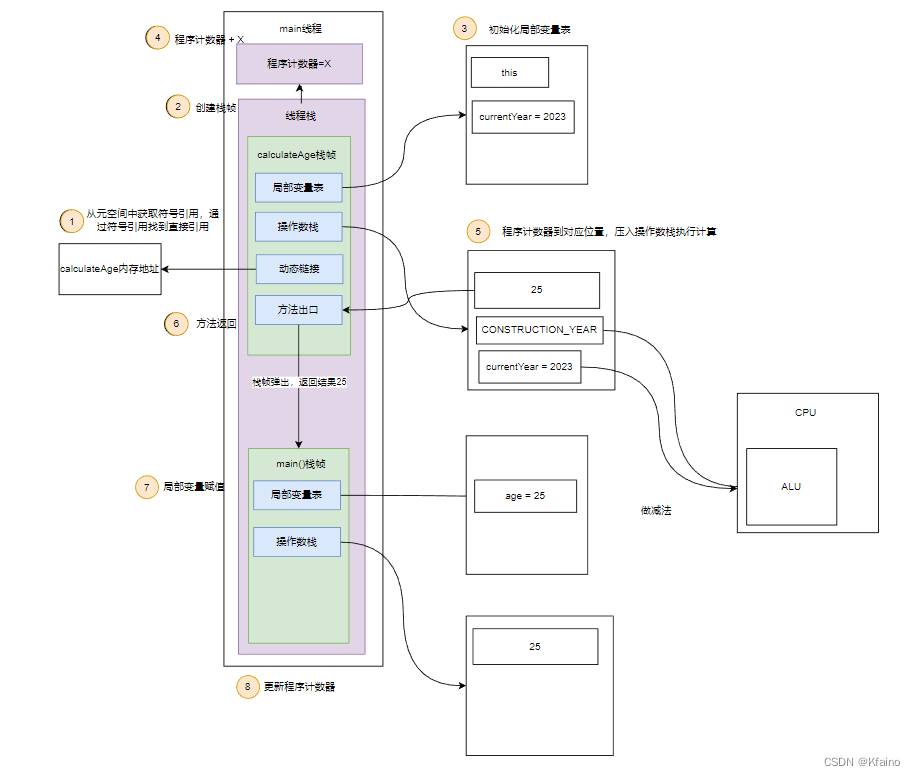处理极不平衡且相关性极差的数据集
处理极不平衡且相关性极差的数据集
提问于 2018-11-17 18:14:04
我正在处理一个困难的数据集,因为这些类既高度不平衡,又非常不相关。该集合有96,000个值,其中少于200个值是1。
我尝试了几种方法,每种方法的精确度和准确度都很高,但是只有少数(小于5)的值被归类为1。我想知道是否有一种方法可以迫使机器分类更多的1。如果我能在25%的时间内正确分类,这将是一个很好的结果。
我尝试使用随机森林的'class weight‘参数,但这似乎对结果没有任何影响。
import numpy as np
import pandas as pd
import sklearn as sklearn
from sklearn.tree import DecisionTreeClassifier
import matplotlib.pyplot as plt
import seaborn as sns
df = pd.read_pickle('/Users/shellyganga/Downloads/ola.pickle')
print(df.describe())
#filtering the df to improve results
df = df[(df['trip_duration'] > 5) & (df['Smooth_Driving_Score'] < 99)]
print(df.describe())
maxVal = 1
df.unsafe = df['unsafe'].where(df['unsafe'] <= maxVal, maxVal)
df.drop(df.columns[0], axis=1, inplace=True)
df.drop(df.columns[-2], axis=1, inplace=True)
#setting features and labels
labels = np.array(df['unsafe'])
features= df.drop('unsafe', axis = 1)
# Saving feature names for later use
feature_list = list(features.columns)
# Convert to numpy array
features = np.array(features)
from sklearn.model_selection import train_test_split
# 30% examples in test data
train, test, train_labels, test_labels = train_test_split(features, labels,
stratify = labels,
test_size = 0.4,
random_state = 12)
from sklearn.ensemble import RandomForestClassifier
# Create the model with 100 trees
model = RandomForestClassifier(n_estimators=100,
random_state=12,
max_features = 'sqrt',
n_jobs=-1, verbose = 1, class_weight={0:1, 1:1})
# Fit on training data
model.fit(train, train_labels)
predictions = model.predict(test)
print(np.mean(predictions))
print(predictions.shape)
from sklearn.metrics import classification_report
print(classification_report(test_labels, predictions)输出:
precision recall f1-score support
0 1.00 1.00 1.00 38300
1 1.00 0.01 0.02 90
avg / total 1.00 1.00 1.00 38390我尝试使用{class_weight = 'balanced'}并提供了一个不同的结果,但我在理解它时遇到了问题。
micro avg 1.00 1.00 1.00 38390
macro avg 1.00 0.51 0.51 38390
weighted avg 1.00 1.00 1.00 38390我怎么知道它预测了多少积极的东西?
回答 1
Stack Overflow用户
发布于 2019-05-23 18:06:44
这种程度的不平衡通常很难解决,特别是当你有很多功能时(由于维度的诅咒)。除非这两个类之间有一个非常明显的边界,否则很难区分少数类和绝大多数类。正如Luke和Tacratis所建议的,类权重和过采样/欠采样都是您应该尝试的好方法。此外,我还建议使用适当的成本度量。例如,如果假阳性比假阴性更可取,请尝试最大限度地提高召回率,而不是精确度或准确性。我还建议使用这些方法的组合。所以,让我们说
- 对少数类进行过采样,使其达到1000行。尝试将SMOTE而oversampling.
- Undersample少数类设置为5,000-10000行。
- 应用分类权重以创建平衡集。
- 评估测试集的成本指标,并更改上述数字,直到指标最大化。
尽管如此,你完全有可能没有足够的少数类样本来建立一个训练有素的模型。如果您能够在训练集上实现成本度量的高值,但无法在测试集上泛化度量,情况就会是这样。
页面原文内容由Stack Overflow提供。腾讯云小微IT领域专用引擎提供翻译支持
原文链接:
https://stackoverflow.com/questions/53354123
复制相关文章
相似问题











